I'm embracing a slow renovating approach to my remodel – here's why you should consider it too
Slow and steady wins the race. Here's my guide to savoring the process, learning along the way, and appreciating the lengthy journey of a full-home renovation

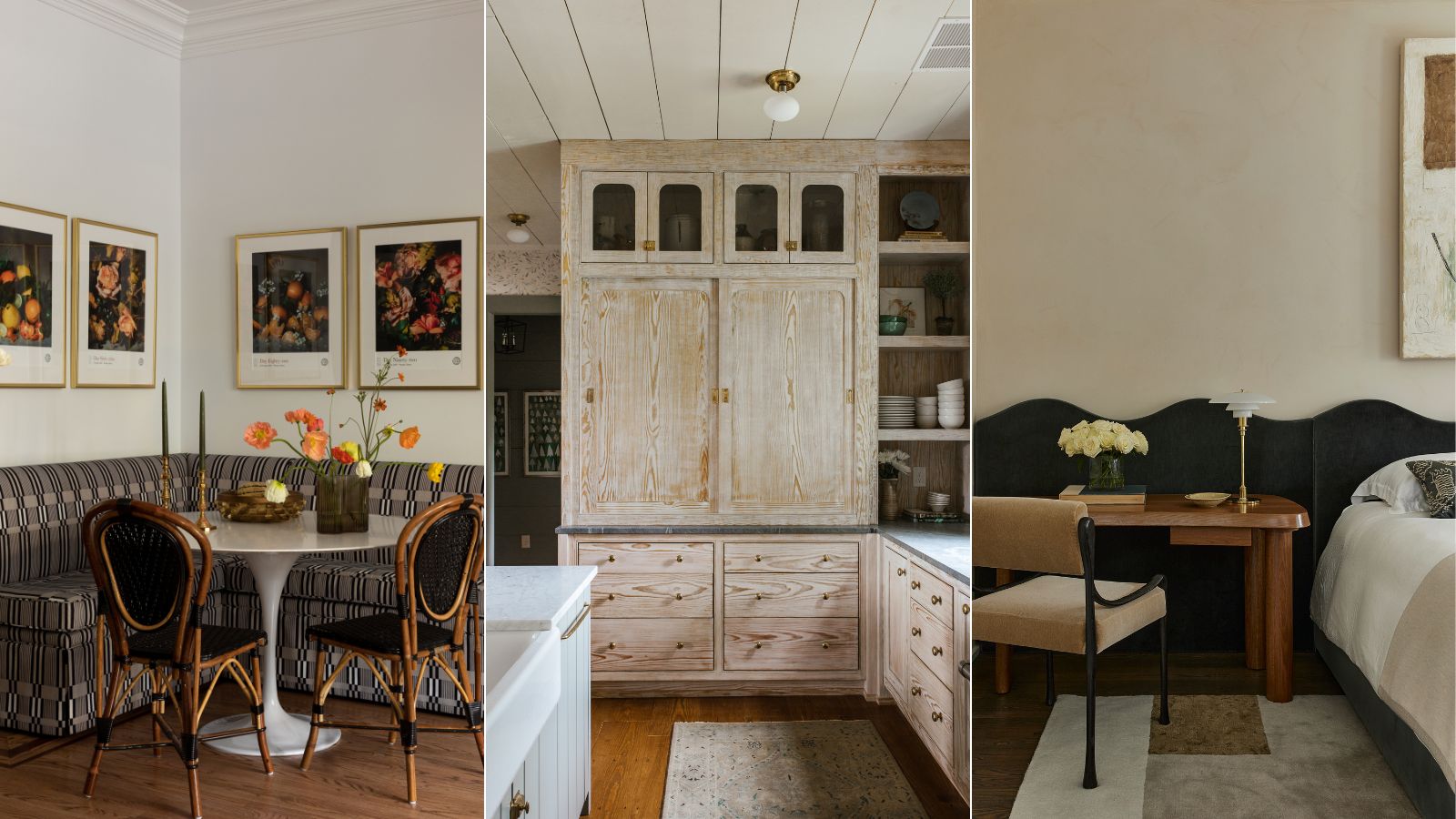
I have spent the best part of the last year making my home renovation my entire personality. Why, you ask? Because it's taken over my and my husband's entire lives – and we're only about 40% complete. And I know that sounds rather negative, but in fact, I'm about to tell you that a slow renovating has truly been a blessing in disguise.
Now I want to preface this by saying I'm extremely privileged to be in the position I'm in. We're currently a year into our second full-gut renovation project that's in our dream location and will become our dream home. But that doesn't take away from the fact that renovating a house is hard and it's a long, expensive, and all-consuming journey.
In a world of instant makeovers and Pinterest-perfect interiors, it's no wonder as a society we're obsessed with quick fixes and instant results in all aspects of life, including renovating. But whether you're short on budget, time, or both, it can be hard to transform your home the moment you turn the key.
So, I'm making a case for Slow Renovating. Welcoming a newfound appreciation for the deliberate, the thoughtful, and the joyful journey of creating a home that tells a story, evolves naturally, and minimizes decision fatigue. Let's get into it.
What Is Slow Renovating?
We’re so accustomed to seeing quick home makeovers on social media and TV with instant results and it can often make us and our homes feel like we aren't keeping up. But, unless you're immune to lead times, have an endless budget, and have a team of contractors on speed dial, creating a home just as you want it requires a lot of thought, love, money, and time. Years even.
Slow renovating is the antithesis of snap-your-fingers, quick-turnaround, interior design trend led decorating. It's all about taking the time to pause and appreciate the process of renovating, decorating, and designing gradually. And while "slow" can easily just refer to the pace at which you're completing a home reno, it also alludes to a greater intention with the process.
'Forget the pressure of instant gratification. Slow renovating allows you to enjoy the process, leading to a home that truly reflects your soul,' explains interior designer Emily Brown, founder of Emily Lauren Interiors. 'Unlike the rushed, often regretted choices of trendy fixes, slow design offers many benefits.' So what are those benefits?
Design expertise in your inbox – from inspiring decorating ideas and beautiful celebrity homes to practical gardening advice and shopping round-ups.
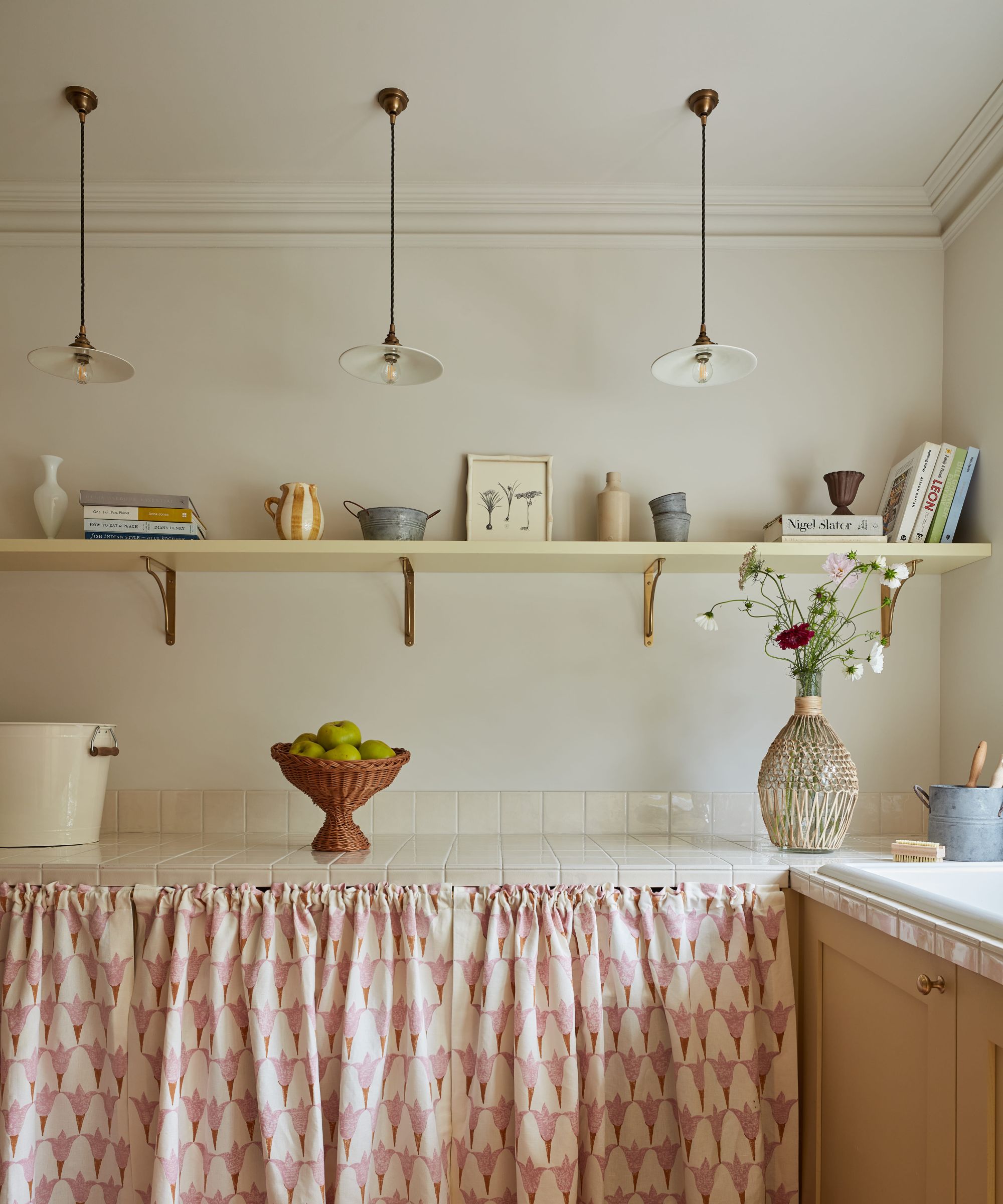
How To Find The Joy In Slow Renovating
Great homes take time. And I've come to appreciate that this slower approach, while admittedly frustrating, has forced me to pump the brakes on shopping and decision-making to allow me to just live in the house and gain a better understanding of how we're using every space. In turn, it has made me so much more deliberate with every object I bring into my home.
This intentional mindset not only minimizes the sting of decision regret but also frees me (somewhat) from the weight of decision fatigue. It's all about crafting a space that resonates with joy and authenticity – a process where the journey itself is as significant as the finished project.
'Renovations are huge undertakings and can be tricky to do at a slow pace for lots of reasons – it can be cost-effective to do everything at once, you don’t want to live in a construction zone for any longer than you have to, etc.,' explains renowned interior designer Emily Henderson. 'But if you can, I think it’s the ideal way to get a home that really works for you.'
'You can truly see what your pain points are and how to fix them, you can take your time to dream up your design and choose materials you love (or be able to save for them), and hopefully, you’ll avoid decision fatigue which is very very real,' says Emily. 'Depending on the project, I think going space by space is the easiest way to reduce stress,' she advises.
Here I take a deep dive into the benefits I've found in slow renovating these past 12 months and find out how interior designers adopt a similar mindset when facing a full-house project.
1. Taking things slow reduces overconsumption
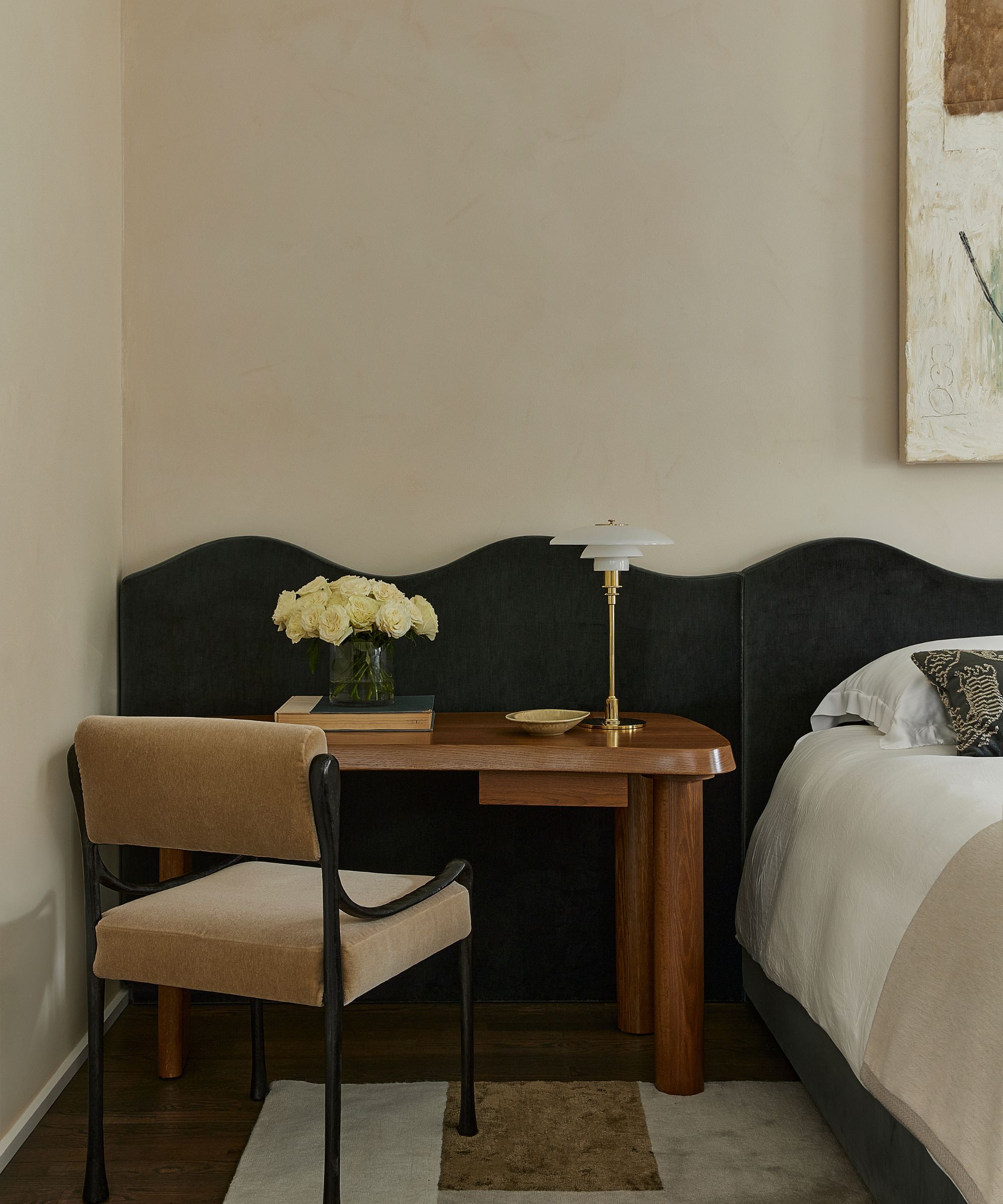
By intentionally slowing down the renovation process, I have been able to think (and shop) more mindfully when it comes to every paint or tile choice, piece of furniture, or decor object in my home, counteracting the push for a quick finish in favor of pieces I want to live with forever. This is not only cost-effective but helps to minimize waste and foster a more sustainable way of spending.
'Assess your space. Your whole space,' advises Shelagh Conway of Triple Heart Deisgn. 'Take time to consider the architectural style and quirks of the home, the existing palette and lighting are all important in creating a cohesive feel in your design.' Then, you can think about every item and question: will I love this in 5 years, is it well made, is it beautiful, will it have good cost-per-use, does it work with the style of the room or that item I just purchased, etc.
Emily Brown agrees that the approach is about curating, not decorating. 'Rushing decisions and purchases breeds generic spaces and only leads to regret,' she explains. 'With slow design, you have the luxury of reflection and experimentation. Take breaks, let your mind simmer, and curate a home that tells your unique story.'
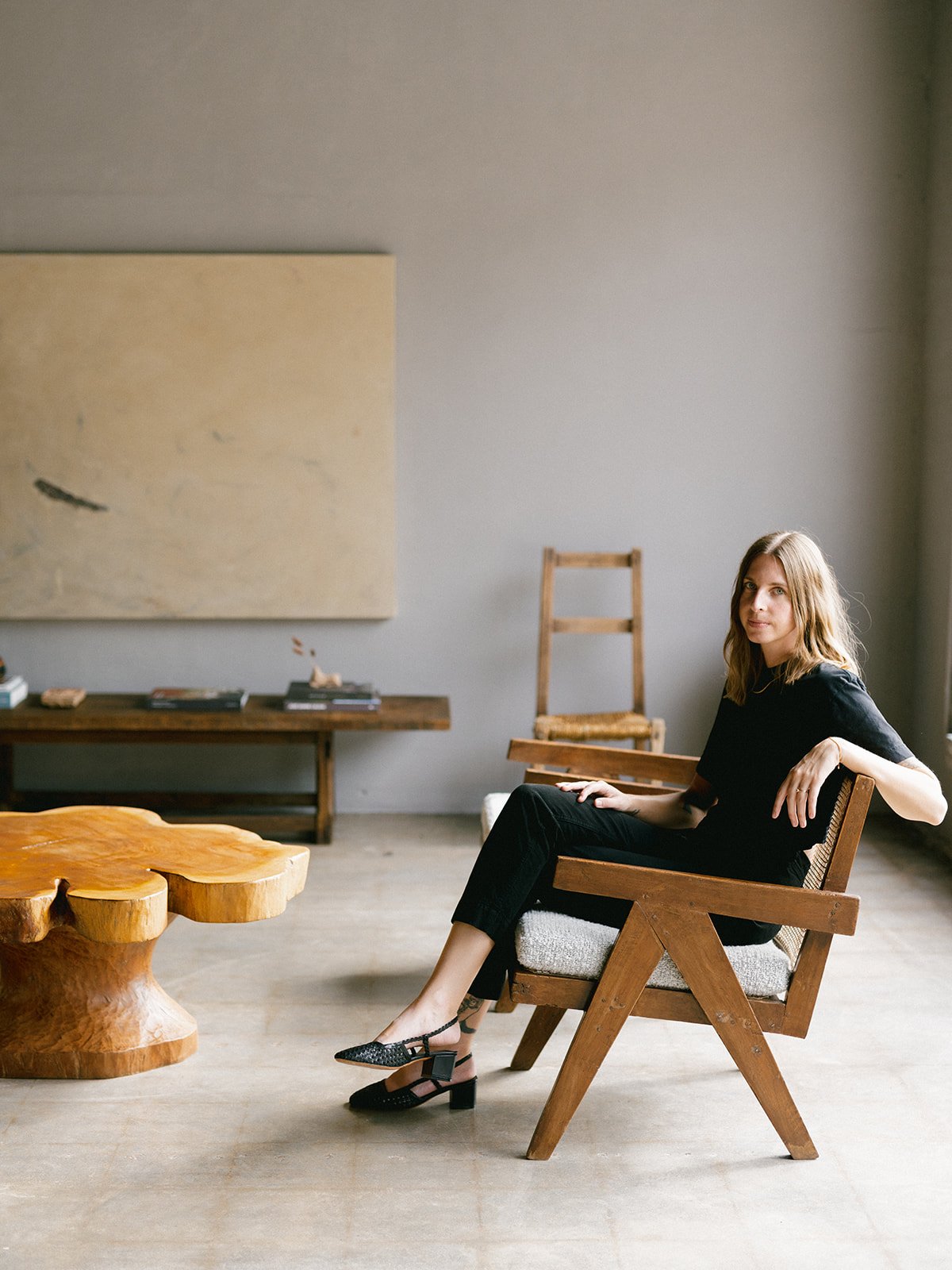
In 2018, Emily Lauren Interiors was founded, dedicated to creating sustainable and timeless designs for both residential and commercial spaces. Emily brings her expertise and passion to every project, ensuring that each space is both functional and beautiful, with a touch of northern charm.
2. Helps combat decision fatigue

As someone living in a home mid-reno, I've got one solid piece of advice to give you: decision fatigue is real, and it's incredibly stressful.
Imagine you're standing in a room with the roof taken off, no walls, and no floor, and a builder asks you to choose where to put your light switches... How, you think, am I supposed to decide that right now? Times that by how many rooms you have and suddenly you're extremely overwhelmed.
'Thousands of choices, from ceiling treatments to countertops to base trim, can be overwhelming,' agrees Emily Brown. 'Slow renovating combats decision fatigue. Breathe, explore, and choose with confidence. Good design takes time, but the reward is a space that tells your story,' she adds.
Tom Rutt, founder of TR Studios, highlights the toll of rapid decision-making during renovations. 'Design fatigue is a real thing!' agrees Tom. 'If you’re renovating and feeling overwhelmed with the thousands of decisions you need to make each day, perhaps try one room at a time so you can close the door on that room and open it to another when you’ve gained back your energy.'
Slow renovating can offer a respite from the choices that often accompany such projects. By taking the time to consider each decision, from sockets and switches to furniture placement, you can help to significantly reduce decision fatigue.

Tom Rutt has worked in the offices of Norman Foster and Michaelis Boyd before founding TR Studios in 2015.
3. It allows you to assess how you'll use each and every room
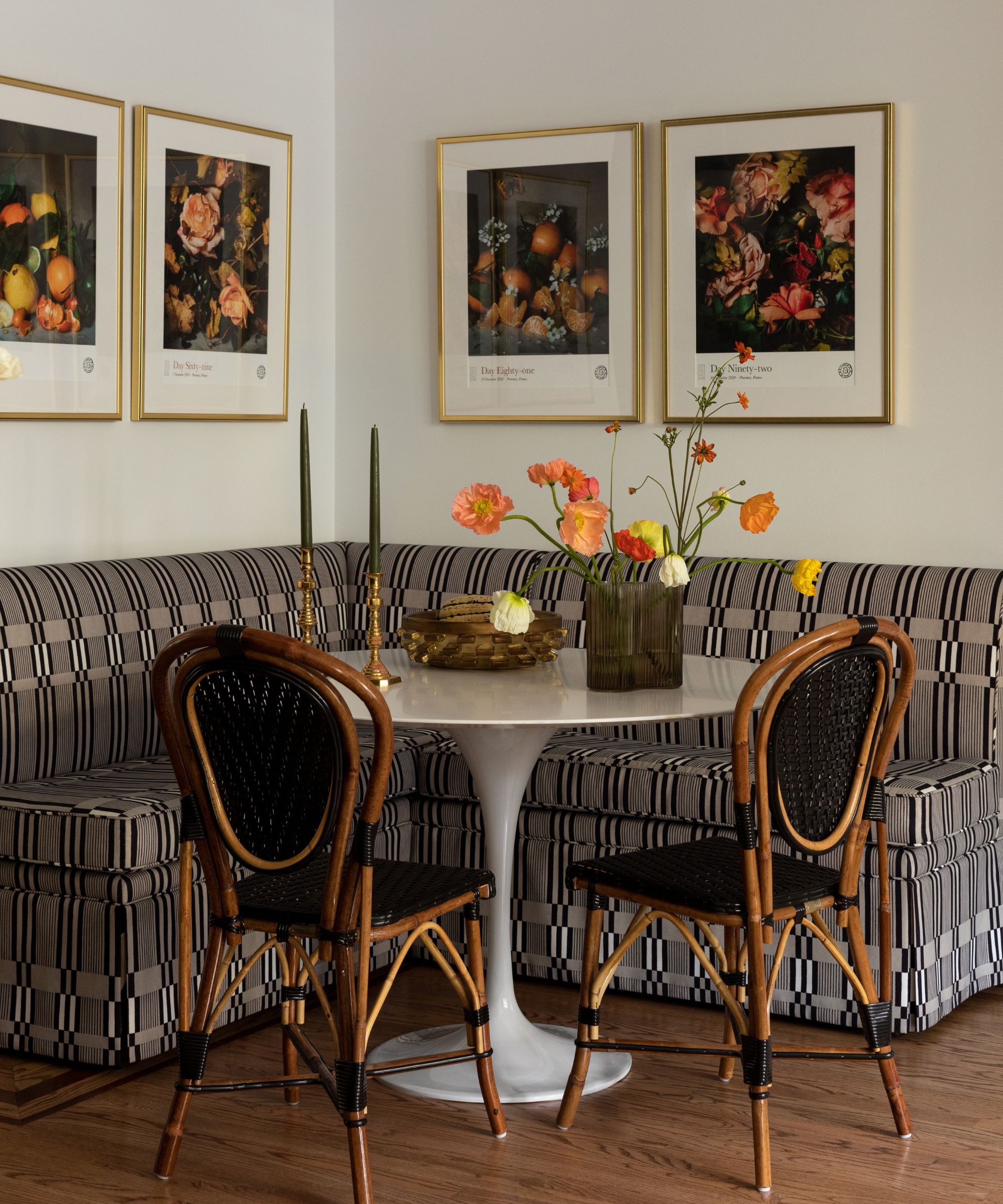
Taking things slower has forced me to have to live in our house as is, truly taking in every space – at every time of day, and in every light – to understand how we will really use it day-to-day. This is also super important because I think we can all be a little bit guilty of designing a home or room based on who we aspire to be (like someone who regularly bakes) and curating a space that isn't actually tailored to our fast-paced lives in reality.
'Time spent in your space allows you to understand its strengths and challenges, which guides us towards solutions that truly matter, not just surface-level decoration,' explains Emily Brown.
By taking the time to live in and observe the nuances of different spaces, you can uncover the unique function and feeling of the room. 'Spend time in the house to learn about how the sun interacts with it – where morning light hits and where you can relax in the late summer sun,' advises Tom Rutt. 'Design around these elements and you will truly make the most of the space.'
It's also afforded me time to evolve plans, the longer we live in a room the more I realize that it would be nice to have a coffee nook in that unused yet sunny corner, or wall sconces on either side of the range hood.
4. Lets you focus on the smaller details

Personally, one of my biggest takeaways from my renovation journey is to always sweat the small stuff. Sure the big purchases like your kitchen cabinets, built-in storage, and bathroom sanitaryware are all important and impactful, but it's the small details that pack a punch in interior design.
In the rush for instant results, these smaller details like fabrics, hardware, trim detailing, or lighting plans can easily be overlooked. But with slow renovating, you're able to celebrate these subtleties that make a space really unique.
'Prioritize the rooms and pieces that are essential for your day-to-day living and choose with care,' explains Simon Temprell, interior design lead at Neptune. 'Then take time to choose colors that you have tested at all times of the day and night, and consider every small detail such as the right door handle or light switch. We often miss these small details because we are so busy looking at the overall design,' he adds.
The magic of slow renovating lies in its ability to shift the spotlight onto the often-sacrificed intricacies of design.
Slow renovating is a lifestyle, an intentional approach to transforming our homes that invites you to appreciate every step of the process. It's about getting lost in the joy of the small details, being more mindful, and curating a home that tells your story.
'I always say that there's no one right timeline for renovating or refreshing your home. The ultimate goal is for you to love the space, and slowing the process down a bit is a smart way to ensure that you make more confident decisions and maximize your budget,' says designer Kathy Kuo. 'A slower renovation process is often helpful for gaining clarity about things you thought were essential but maybe can actually do without, or vice versa, to recognize any areas you may have overlooked in your initial plans and now want to prioritize.'
So, what do you think? Do you prefer a slow, considered renovation after all? Whether you like to move quickly or don't mind taking things slower to better asses your time, budget, and goals, remember creating a beautiful home takes time.

Charlotte is the style and trends editor at Homes and Gardens and has been with the team since Christmas 2023. Following a 5 year career in Fashion, she has worked at many women's glossy magazines including Grazia, Stylist, and Hello!, and as Interiors Editor for British heritage department store Liberty. Her role at H&G fuses her love of style with her passion for interior design, and she is currently undergoing her second home renovation - you can follow her journey over on @olbyhome


